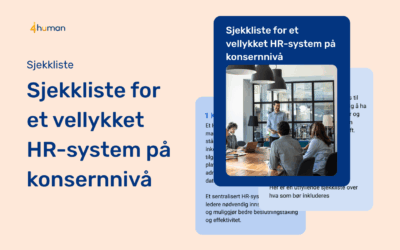A handbook is a written document containing policies, rules, procedures, and other relevant information that is important to employees and managers of a company. The handbook serves as a reference guide and supervisor to ensure that all employees understand the company's policies and practices and that they comply with applicable laws and regulations.
In a business, a handbook can be used for the following purposes:
- Information sharing
- Policies and rules, Procedures and routines.
- Training and
- Legal protection.
There are many types of manuals, but here are a few examples of what kind of manuals a company might have:
- Employee handbook: A comprehensive guide that includes all personnel policies, vacation scheduling, work hour arrangements, dress code, workplace behavior and much more.
- HSE handbook: A handbook that deals with health, safety and the environment, and provides guidelines for employees on safety procedures, first aid, fire safety, etc.
- Training handbook: A handbook containing guidelines and instructions for employee training, both for new employees and for continuing education.
- Leadership handbook: A handbook that assists managers in implementing good and consistent leadership.
A handbook can be customized according to the needs and size of the company. It is important to update the handbook regularly to reflect changes in company practices and relevant laws and regulations.This makes manuals a living document.



